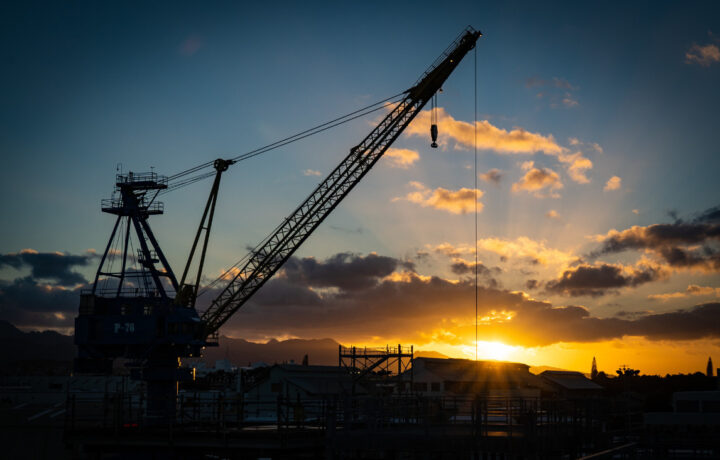It has long been said that the United States of America was a nation built by immigrants, and according to the United States Secretary of the Navy Carlos Del Toro, the country should now look to immigrants to help address the shortage of workers needed to build the number of ships needed to meet U.S. Navy fleet plans.
While the country remains deeply divided on the migrant crisis at the nation’s southern border, Del Toro suggested that the shortage of workers could be at least partially alleviated by allowing more legal immigrants into the country.
The SECNAV made the comments during an address at the Stimson Institute, a Washington think tank, on Tuesday, while acknowledging that supply chain issues caused as a result of the Covid-19 pandemic negatively affected the ability of shipyards to meet delivery schedules of Navy ships. However, he said the bigger issue now is the lack of blue-collar workers in the United States.
Del Toro called upon U.S. lawmakers to increase worker visas, but he also recognized that this may be too politically charged to gain traction.
“Regretfully, we’re a pretty divided country politically, you might say, but it really is time for Congress to get together and pass comprehensive reform and increase the amount of legal immigration that we actually allow into this country [and] increase the amount of work visa programs that are authorized for blue-collar workers to come from other nations and actually do the work here as has actually existed since the founding of our government, very much so,” Del Toro suggested.
Low Employment – Not Enough Workers
Del Toro further noted that the current unemployment rate nationally remains at record lows, and even as some industries have increased wages, many job openings simply aren’t being filled.
This comes as reports suggest that U.S. shipyards suffer from poor infrastructure conditions, while the shipbuilding sector has diminished. The entire shipbuilding industry faces an ongoing challenge to attract, train, and retain skilled labor. Since the pandemic, shipyards have seen high retirement rates for older and more skilled workers, and there simply aren’t new hires to replace those leaving the workforce.
Foreign workers could solve part of the problem.
“What we’ve got to do is open up the spigot a bit, basically, on legal immigration to allow blue-collar workers to come here and also to devote an enormous amount of resources into re-training individuals so they can actually work in our shipyards and be employed by the types of trades that are open to shipyard workers, for example,” Del Toro continued.
He also noted that the U.S. government will be making major investments in shipbuilding, fueling $15 billion just to the submarine industrial base, with an additional billion going towards the surface industrial base. However, he also said that the U.S. commercial shipbuilding industry, which has been left to stagnate, needs to be addressed via a “whole-of-government effort around a national maritime statecraft.”
Immigrant Workers and Foreign Investors
In January, Del Toro ordered a comprehensive review to examine national and local causes of the challenges to shipbuilding. The results, which were released earlier this month, found that five classes of vessels being built for the sea service are now running anywhere from one to three years behind schedule.
The SECNAV had previously suggested that foreign investment in U.S. shipyards could help address ongoing issues but also told Senate lawmakers that the U.S. shipbuilders need to invest more money in their facilities.
“Shipyards are not making enough of a contribution,” Del Toro testified during the SAC hearing on the U.S. Navy’s posture, and he added that the sea service has already invested billions of dollars in shipbuilding plans, yet the U.S. shipbuilders have been using money to buy back stock in their own companies. “We need them to invest in their own shipyards.”
In addition, the U.S. Navy may look to utilizing foreign shipyards to address capacity issues at U.S. facilities, at least as a stopgap measure. That could allow America’s shipyards to focus on the building of the next generation of vessels, while maintenance work could be handled by partners on distant shores.




